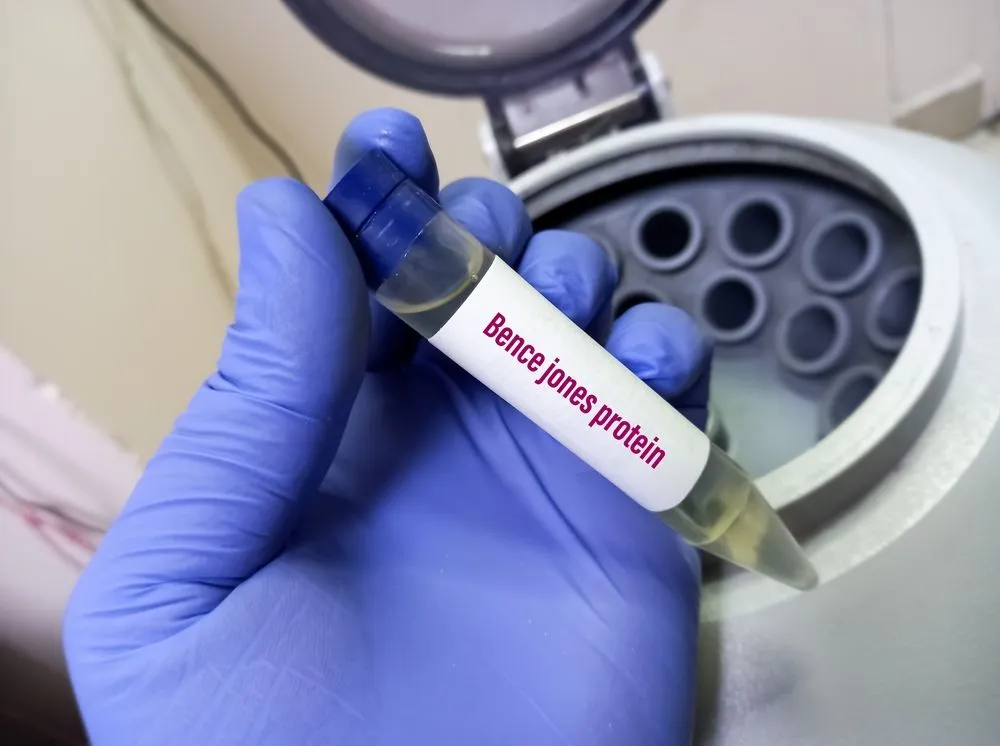What is a FISH Test for Multiple Myeloma?

What does FISH mean?
FISH, or fluorescence in situ hybridization, is used for understanding the genetic makeup of myeloma; it focuses on treatment patterns and outcomes. This test, conducted on bone marrow biopsy samples, utilizes fluorescent dyes to map out genetic material, identifying chromosome changes such as deletions or translocations. Notably, FISH can detect alterations for standard cytogenetic tests, offering insight into genetic abnormalities specific to cancer cells.
Changes in the cancer cell genes could make the cell:
-
produce particular proteins
-
make more of the normal amount of protein
-
completely stop making a protein
The significance of FISH in myeloma lies in its ability to guide risk-adapted treatment strategies. However, the test must be performed only on CD138-selected cells for accurate results. FISH results are interpreted to find the myeloma-specific genetic features like the 11;14 translocation or deletion 17p.
Understanding Myeloma Genetics: The Role of FISH Testing
According to the Nature Journal article "Cytogenetic testing by fluorescence in situ hybridization is improved by plasma cell sorting in multiple myeloma," We will explain the FISH test. Run from a bone marrow biopsy sample. It helps researchers and doctors improve risk-adapted treatment strategies.
The importance of the FISH results interpretation is that you get what you test for. In other words, your doctor must request that the multiple myeloma panel be run against the sample. If the panel is not run looking for common myeloma genetic features such as the 11;14 translocation, gain of 1q or deletion 17p, the results will not show the correct findings.
This test should be run at diagnosis and relapse where there is measurable disease. Importantly, if patients receive even a few cycles of therapy before the FISH test is run, that treatment can kill the myeloma cells, which contain valuable data about the type of myeloma a patient may be struggling with.
The FISH test is the most commonly available test at most centers and can be run inexpensively. It should be used for all myeloma patients, so ask your doctor if this test is right for you.
Unlock Personal Insights Into Your Diagnosis for Free with HealthTree Cure Hub
Your genetic results can be added to your HealthTree Cure Hub profile, which will help you find treatments and outcomes based on myeloma genetics. Create a HealthTree profile, and if you need help reading the test results, you can upload your printout, and we can help you enter the information.
By securely connecting your electronic health records, HealthTree Cure Hub allows you to discover treatment options, find a specialist, keep track of your disease, and so much more! Sign up for a free patient account and become a Cure Contributor today!
sign in / join healthtree cure hub
What does FISH mean?
FISH, or fluorescence in situ hybridization, is used for understanding the genetic makeup of myeloma; it focuses on treatment patterns and outcomes. This test, conducted on bone marrow biopsy samples, utilizes fluorescent dyes to map out genetic material, identifying chromosome changes such as deletions or translocations. Notably, FISH can detect alterations for standard cytogenetic tests, offering insight into genetic abnormalities specific to cancer cells.
Changes in the cancer cell genes could make the cell:
-
produce particular proteins
-
make more of the normal amount of protein
-
completely stop making a protein
The significance of FISH in myeloma lies in its ability to guide risk-adapted treatment strategies. However, the test must be performed only on CD138-selected cells for accurate results. FISH results are interpreted to find the myeloma-specific genetic features like the 11;14 translocation or deletion 17p.
Understanding Myeloma Genetics: The Role of FISH Testing
According to the Nature Journal article "Cytogenetic testing by fluorescence in situ hybridization is improved by plasma cell sorting in multiple myeloma," We will explain the FISH test. Run from a bone marrow biopsy sample. It helps researchers and doctors improve risk-adapted treatment strategies.
The importance of the FISH results interpretation is that you get what you test for. In other words, your doctor must request that the multiple myeloma panel be run against the sample. If the panel is not run looking for common myeloma genetic features such as the 11;14 translocation, gain of 1q or deletion 17p, the results will not show the correct findings.
This test should be run at diagnosis and relapse where there is measurable disease. Importantly, if patients receive even a few cycles of therapy before the FISH test is run, that treatment can kill the myeloma cells, which contain valuable data about the type of myeloma a patient may be struggling with.
The FISH test is the most commonly available test at most centers and can be run inexpensively. It should be used for all myeloma patients, so ask your doctor if this test is right for you.
Unlock Personal Insights Into Your Diagnosis for Free with HealthTree Cure Hub
Your genetic results can be added to your HealthTree Cure Hub profile, which will help you find treatments and outcomes based on myeloma genetics. Create a HealthTree profile, and if you need help reading the test results, you can upload your printout, and we can help you enter the information.
By securely connecting your electronic health records, HealthTree Cure Hub allows you to discover treatment options, find a specialist, keep track of your disease, and so much more! Sign up for a free patient account and become a Cure Contributor today!

about the author
Jimena Vicencio
Jimena is an International Medical Graduate and a member of the HealthTree Writing team. She has a passion for languages and is currently learning Japanese. In her free time, she loves playing with her cats. Jimena is also pursuing a bachelor's degree in journalism.
More on Core Education
Trending Articles
Upcoming Events




Get the Latest Multiple Myeloma Updates, Delivered to You.
By subscribing to the HealthTree newsletter, you'll receive the latest research, treatment updates, and expert insights to help you navigate your health.
Together we care.
Together we cure.
3x Faster.













